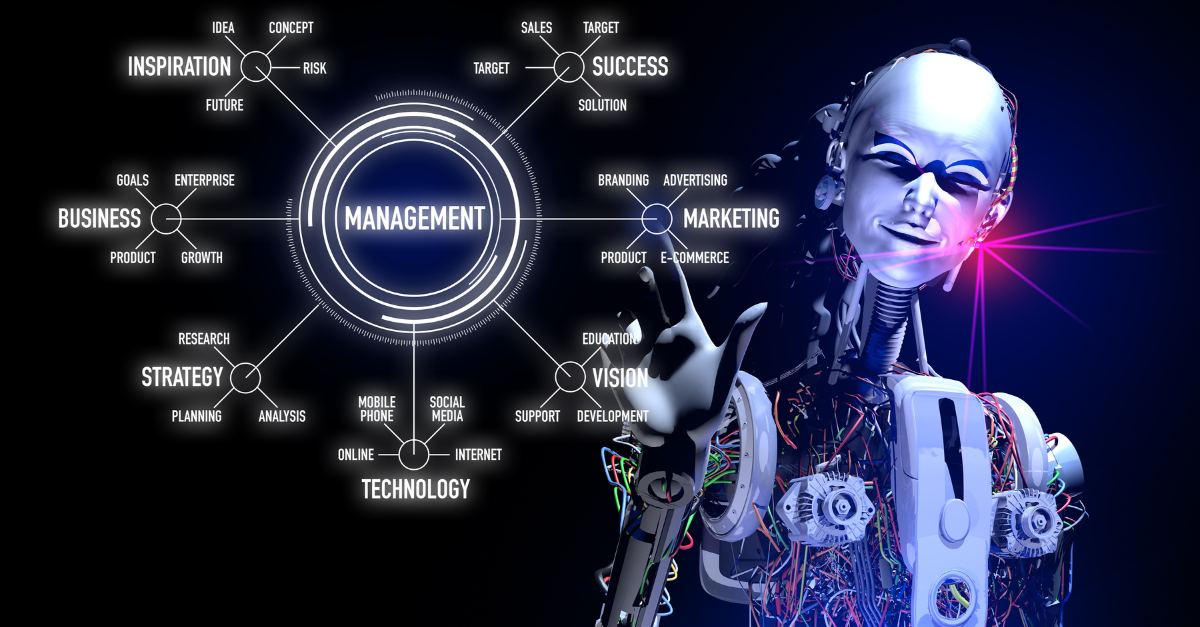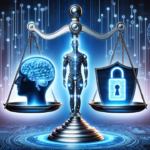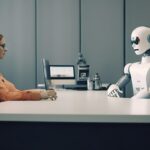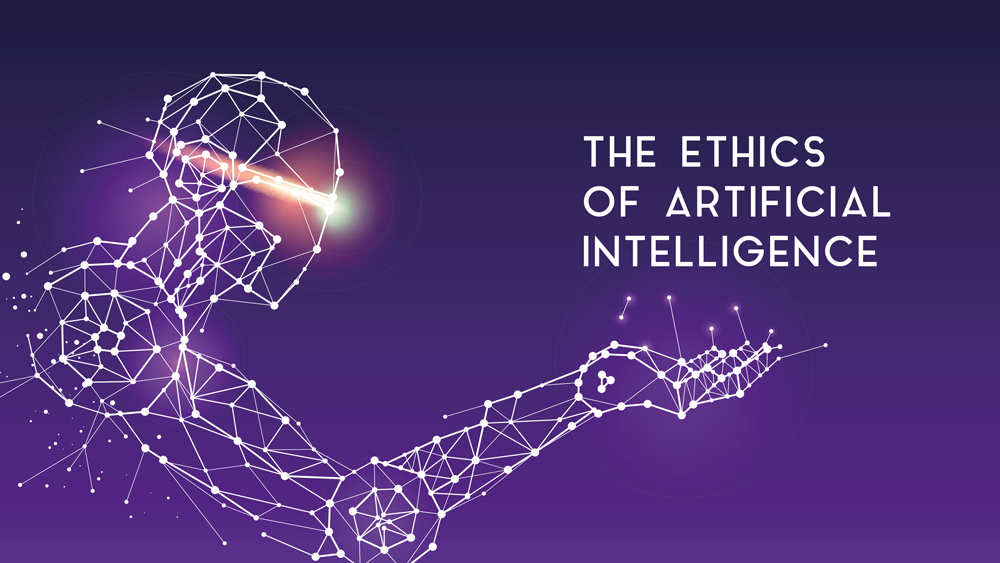Artificial Intelligence (AI) has emerged not only as a powerful tool but also as a catalyst for creativity. While traditionally viewed as a force replacing human skills, AI’s true potential lies in its ability to augment and amplify human creativity, leading to a paradigm shift in how we approach problem-solving and artistic expression.
AI, once confined to algorithmic calculations and data analysis, has evolved into a dynamic force capable of generating novel ideas and artistic creations. Through techniques such as machine learning and neural networks, AI systems can analyze vast amounts of data, recognize patterns, and generate insights that human minds might overlook. This capacity for pattern recognition serves as a springboard for creativity, inspiring new perspectives and avenues for exploration.

AI’s creative potential shines is in content generation. Whether writing articles, composing music, or designing visuals, AI algorithms can mimic human creativity with remarkable accuracy. This capability not only streamlines content creation processes but also opens up new possibilities for collaboration between humans and machines.
Moreover, AI-driven creativity extends beyond mere imitation, venturing into the realm of co-creation. Collaborative AI systems, where humans and machines work together in real-time for innovation. By leveraging AI’s analytical prowess and human intuition, teams can explore new ideas, iterate rapidly, and uncover creative solutions to complex problems. This symbiotic relationship between AI and human creativity empowers individuals to push the boundaries of innovation further than ever before.
In the realm of visual arts, AI has emerged as a powerful tool for enhancing creativity and expanding artistic horizons. Generative Adversarial Networks (GANs), for instance, can generate realistic images based on input data, enabling artists to explore new styles and concepts. Additionally, AI-driven tools like style transfer algorithms allow artists to apply the characteristics of one image onto another, fostering experimentation and innovation in visual expression.
Beyond the realms of content creation and visual arts, AI is also revolutionizing creativity in fields such as design, architecture, and even scientific discovery. By leveraging AI’s ability to process and analyze complex datasets, researchers can uncover hidden patterns and connections, leading to breakthroughs in fields ranging from drug discovery to materials science. In architecture and design, AI algorithms can optimize building layouts, generate innovative structures, and simulate environmental impacts, paving the way for more sustainable and efficient urban environments.
However, despite its potential, AI-driven creativity also raises ethical and philosophical questions. As AI systems become increasingly capable of mimicking human creativity, questions of authorship, ownership, and authenticity come to the forefront. Furthermore, concerns about bias and algorithmic transparency underscore the importance of ethical AI development practices to ensure that AI-driven creativity benefits society as a whole.
On the other hand marriage of AI and creativity represents a paradigm shift in human ingenuity, unlocking new possibilities for innovation and artistic expression.





